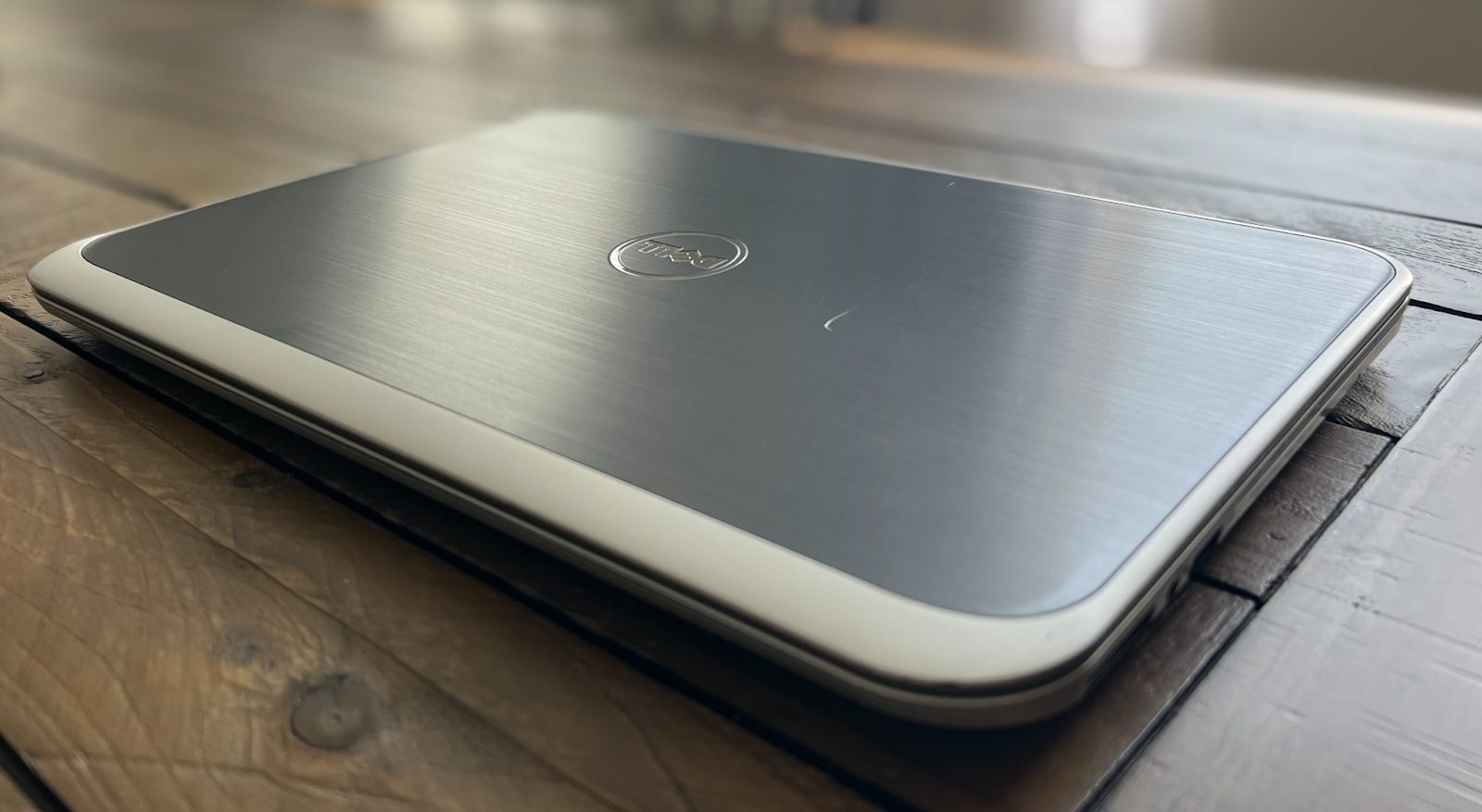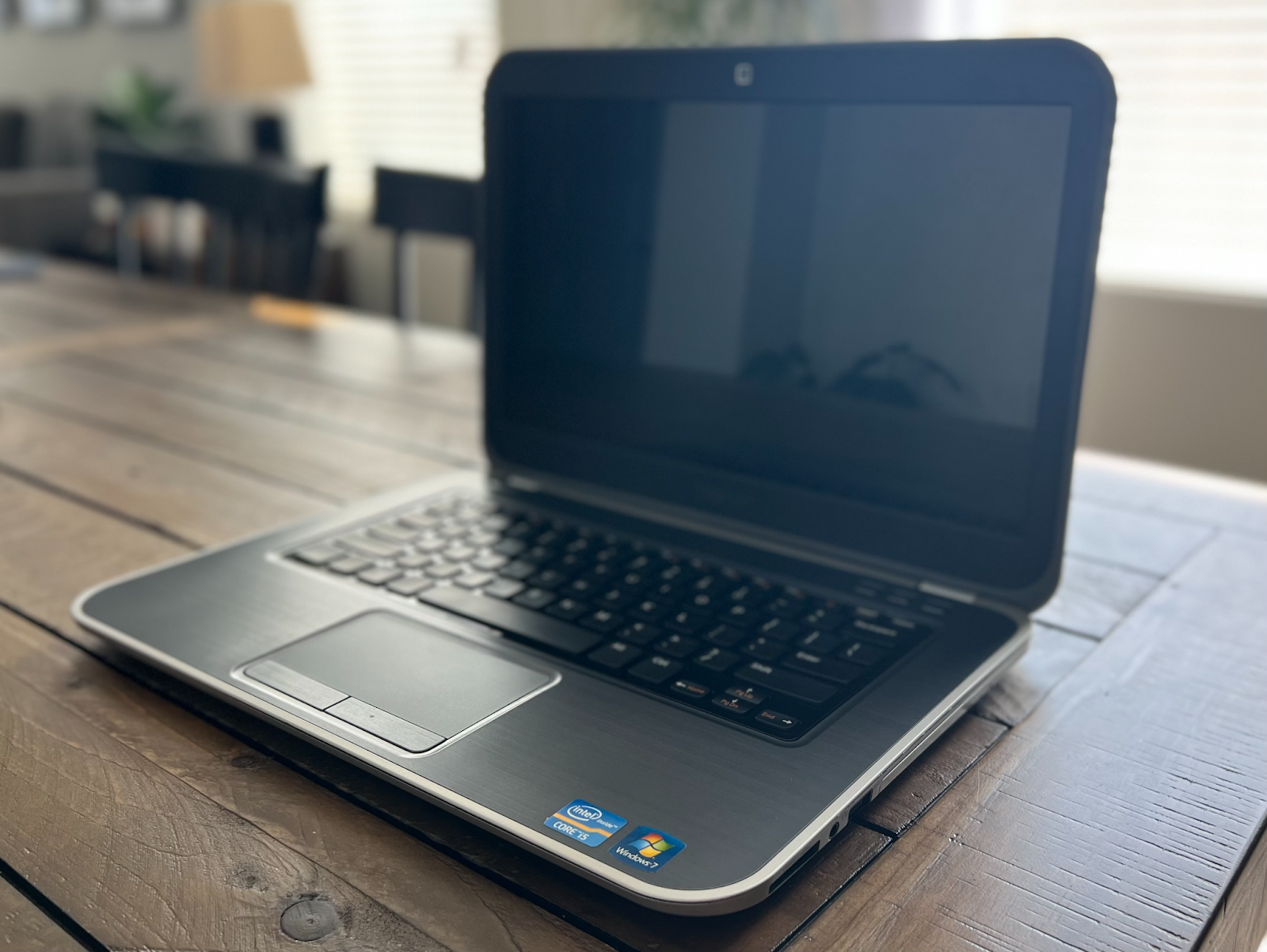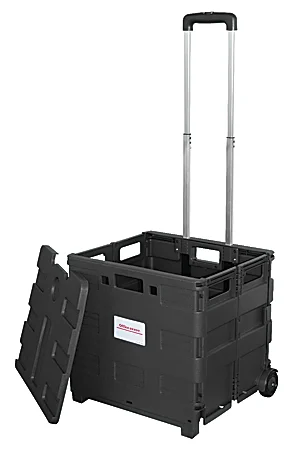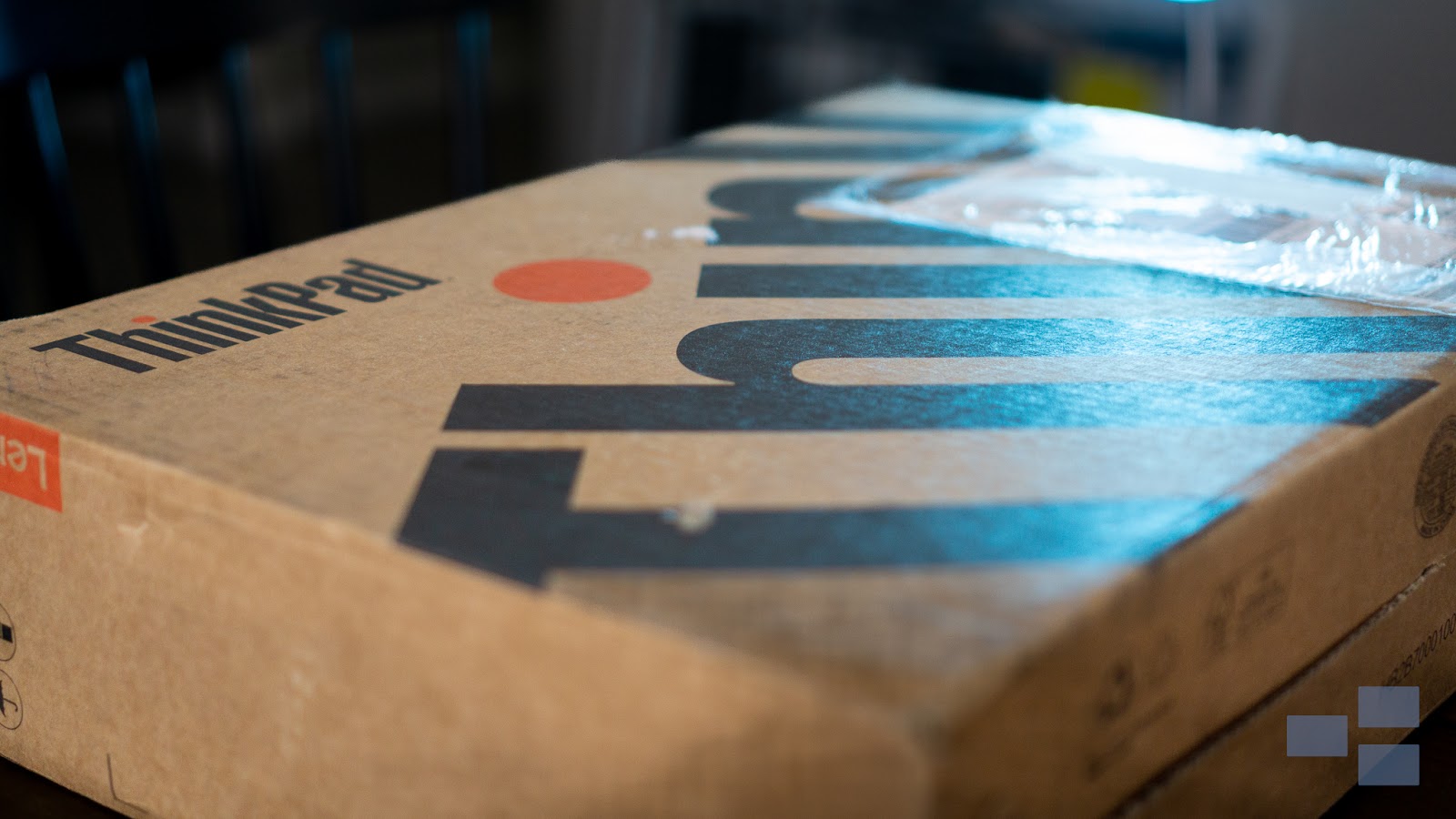Background
The first time I was introduced to Revit was in my college courses in 2012. Prior to being introduced to Revit, I was working in AutoCAD and learning about building code and drafting standards.
When it was time to start working in Revit, I became aware (probably more than I had ever been) that your computer hardware makes a big difference in how you work.
Naturally, these requirements have changed over the years, but it has been something that is consistently on your mind and something that impacts your day-to-day work life.
For reference, one of the first laptops I ever used Revit on was the Dell Inspiron 14z 5423. This was purchased by my wife and me for school, as we knew we would have to work on Revit outside of school hours to complete our projects.


And for the curious, here are the amazing specs of that machine:
- Processor: Intel Core i5 ULV (3rd Generation)
- RAM: 6GB
- Hard Drive: 2.5 inch SATA 500GB
This machine was used during school and saw a lot of Revit use. Coding and rendering, not so much. But Revit, it definitely was familiar with. I believe I even opened AutoCAD on this thing once or twice. 😜
Working in Revit
After finishing school, I began working at an architecture firm in Albuquerque, NM, Dekker/Perich/Sabatini (DPS). My role at DPS consisted of, creating Revit content, managing Revit templates, and training users in Revit. This was considered more of a BIM management role, but we called ourselves “Revit Support”, (I advocated for Revit therapists, but was overruled).
While working at the firm, my machine specs were appropriate for that time as well (2013/2014).
From what I recall, the typical “power Revit user” specs were:
- Form Factor: Desktop
- Processor: Intel Core i7
- RAM: 16GB
- Hard Drive: Probably a spinning disk with 500GB or so
Once again, not a whole lot of rendering or computation going on, on that kind of machine. We actually had a few “loaners” that were considered the rendering machines and were insanely powerful for their time; built with server processors, NVIDIA Titan GPUs and so much more. (I joke about how we had to haul them around below, but they really were fun machines to use).
While at DPS, one of the craziest projects I worked on was a redesign of Albuquerque’s civic plaza, and I was responsible for all the renderings for the proposed schemes. This of course involved me lugging around one of the “loaners” to all the meetings. Thankfully our IT department gave me a little cart to use.

After working at DPS for a few years, I discovered a product called Dynamo(2013). Dynamo promised to help automate Revit workflows in awesome ways. Initially, I opened the program and was overwhelmed, but one year later, I attended a course at Autodesk University and it all finally clicked. After returning to the office, I began to dive deeper into Dynamo and started to automate Revit in all sorts of ways. These initial workflows primarily consisted of automating documentation tasks within Revit. At the time, I would build Dynamo graphs to automate our processes, and then hand them off to an in-house programmer to convert them into full Revit plugins. This process worked well, but naturally, I wanted to learn to write those tools as well.
Working With and Automating Revit as a Consultant
After working at DPS, I made the jump to being a BIM consultant. Around this time, I began presenting at conferences very regularly.
This meant having all of the power I was used to, but mobile.
If you have never seen me present in person, I generally stick to live demonstrations as I want you, as the attendee to see all of the ins and outs of whatever process I am showing. This includes crashes, mistakes, and pain points.
One of my sayings is:
tIf I am trying to inspire you about a process, why am I going to show you a PowerPoint with videos of it being done in perfect conditions?
With this in mind, power and portability have been of utmost importance. Thankfully, my employer, Parallax Team, understands this better than most. Our machines are typically spec’d to have the fastest processor available.
This generally works out to be an Intel-based processor with the highest clock speed and as many cores as we can get. Revit itself is single-threaded, but I am generally running (at a minimum) 1-2 Visual Studio sessions, 1-2 Revit sessions, and Dynamo / Generative Design sprinkled throughout.
Needing Speed and Mobility as a Content Creator
In addition to my day job at Parallax Team, writing Revit plugins and authoring Dynamo graphs, I create learning content, YouTube tutorials, and custom Dynamo packages.
This is all provided under my blog, DesignTechUnraveled.com (formerly sixtysecondrevit.com).
In addition to running Revit, Visual Studio, and Dynamo for this content; I am often running Davinci Resolve and Twinmotion.
With all of this work in mind, speed and mobility are important. Another important item for me personally is how heavy and loud a machine is.
I know that sounds silly because you should naturally just buy the craziest laptop you can and bask in the glory that is desktop power in a laptop. Even if it requires multiple charging bricks, fans that sound like an air fryer, and a backpack fit for taking a long hike.
Don’t get me wrong, crazy big laptops are great, but… I believe everyone wants a machine like that until they are trying to get last-minute changes to a presentation completed on a plane on their way to a conference.
Preparing for Autodesk University (AU)
For those who may not know, Autodesk University is an annual conference that has hundreds of classes for users in the AEC and Media industries, (with my interest being on the AEC side).
This year, AU is in person once again and this means traveling and doing presentations live. I presented a class on implementing and maintaining Dynamo for Revit users. The class was called, “I Shipped My Scripts”, and it was a lot of fun.
While preparing for this presentation, I was put in contact with the awesome folks at Intel and Lenovo to see if I would be willing to stress test a machine for the event. Naturally, I am very good at breaking things, so I said yes.
Specifically, testing and using their new 12th Generation i9 processor inside of the new Lenovo P16 laptop.

Not only have I been building my presentation on this new machine, but I have been testing workflows that I run into very often.
At any given point I am:
- Debugging visual studio
- Running Revit to test the plugin
- Recording my screen for a video
- And (depending on the workflow), rendering out the scene in Twinmotion
Sometimes this even included processing a video rendering in the background from Davinci Resolve.
Neat, now what?
So far the machine has run great and responds well to everything I have thrown at it.
Reflecting on my journey and experience with all sorts of different hardware, the times we are in now, are definitely really exciting for people who want to design, create and share.
 John is a Revit plug-in author and Dynamo expert. He’ll
walk through a Revit Plug-in author’s
process for workflow design and talk about how the right hardware can make or break your workflow.
John
will be live demoing workflows that put mobile workstations to the test at Autodesk University on
Thursday,
September 28th from 12-1 pm.
John is a Revit plug-in author and Dynamo expert. He’ll
walk through a Revit Plug-in author’s
process for workflow design and talk about how the right hardware can make or break your workflow.
John
will be live demoing workflows that put mobile workstations to the test at Autodesk University on
Thursday,
September 28th from 12-1 pm.